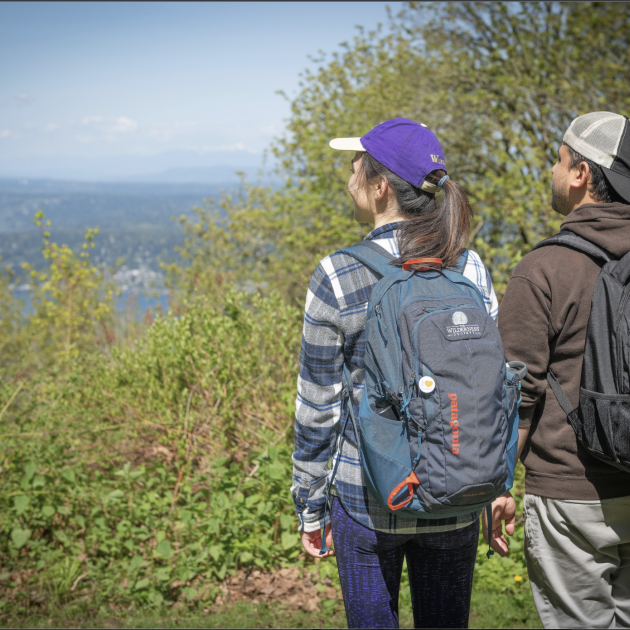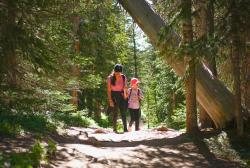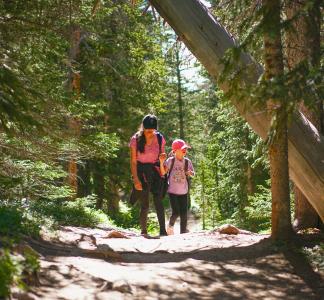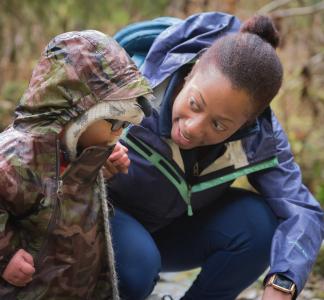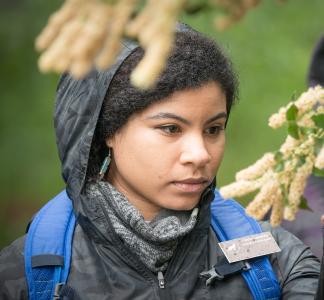Urban to Wild: Seattle
Bob Wick
Helping people get outdoors in the Seattle area
While the Seattle region is known for abundant and beautiful parks and wildlands, many communities face obstacles accessing them. Whether it’s a lack of public transportation or policies that don’t provide or protect nearby parks and open space, thousands of people are missing out on the benefits that healthy outdoor activity can provide.
The Urban to Wild program seeks to ensure everyone has an opportunity to connect to nature close to home. By partnering with local agencies and organizations, we’re addressing some of the biggest challenges to access parks, open space and public lands.
The greater Puget Sound region is projected to gain 1.8 million new residents by 2050. This will undoubtedly place additional stress on existing parks and public lands. The time for strategic planning to protect and expand outdoor access is now.
The threat
As one of the fastest growing urban areas in the country, it’s critical that the right policy decisions are made to create more parks, improve existing parks and invest in public transportation to connect people to the outdoors. In communities dependent on mass transit, there is a growing need for a reliable system to connect to the many beautiful places that draw people to the region.
What we're doing
-
Supporting greater public transportation options
The Wilderness Society partnered with King County to launch Trailhead Direct, a shuttle service from downtown Seattle and south King County to more than 150 miles of hiking trails in the Renton, Issaquah and North Bend areas. The shuttle helps make outdoor experiences more accessible for people with limited incomes and those who don’t own a car. Shuttle service also provides an easy and cost-saving way to reach a trailhead without worrying about finding a parking spot.
-
Mapping areas of greatest need
We completed a GIS analysis of transit routes to parks and found that south King County is highly underserved, while also being home to many marginalized groups who experience disproportionate health and environmental burdens. Using this equity lens, we demonstrated that transit-to-parks investments should be focused in these areas.
-
Protecting open space
Other Urban to Wild projects include efforts to protect 65,000 acres of parks and open space in King County, while ensuring they are safe and accessible for everyone. That means focusing investments in areas with the greatest need.
